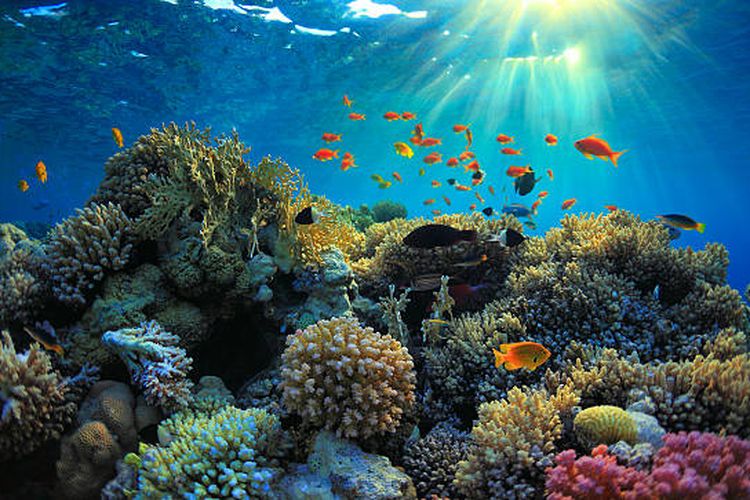Wakatobi National Park is a nature conservation center in Wakatobi Regency, Southeast Sulawesi Province.
Wakatobi National Park was formed through the Decree of the Minister of Forestry Number 7661/KPTS-II/2002 which was signed on 19 August 2002. The land area of this national park reaches 1.39 million hectares, and in it there are 25 clusters of coral reefs covering a length of 600 kilometers. Also read:
Gunung Leuser National Park: History, Flora and Fauna, and Tourist Attractions Inside.
History of Wakatobi National Park
The idea of establishing Wakatobi National Park began in 1989,
At that time, the Wakatobi area was a marine conservation area designated through a survey conducted by the Director General of Forestry and Nature Conservation.
In the survey, it was revealed that Wakatobi has very abundant marine resources. The marine content in Wakatobi includes coral reefs, various types of fish, and a diversity of habitats that produce stunning sea panoramas. From marine conservation, the Wakatobi Islands were later renamed Wakatobi National Park in July 1996. Then on August 9 2002, this area was officially designated as Wakatobi National Park. Considering that it has become a national park, this area does not only focus on marine habitats, but also also those on land.
Wakatobi National Park Aquatic Ecosystem

Wakatobi National Park is the same as other national parks which store and preserve biodiversity within it. Moreover, Wakatobi National Park is in the Coral Triangle. Coral Triangle is a term that refers to an area of 6 million kilometers stretching from Malaysia, Indonesia, Solomon Islands, to Timor Leste. In Indonesia, the Coral Triangle passes through the Wakatobi Islands region, which makes it even more special.
In fact, the phenomenon of the Coral Triangle made President Susilo Bambang Yudhoyono designate June 9 as Coral Triangle Day. As mentioned previously, in Wakatobi National Park there are 25 clusters of coral reefs 600 kilometers long. There you can find around 112 species from 13 coral reef families. Apart from that, Wakatobi National Park also has various protected rare species such as hawksbill turtles, green turtles, Napoleon fish. Then canary crabs, lola, dugongs, dolphins, and black-spotted squid.
In Wakatobi National Park you can also find types of seabirds, such as brown rock geese, Malay plovers, and king prawns. Rare types of cetacean families are also found in this national park, namely sperm whales, short-finned pilot whales, killer whales, pygmy killer whales, spotted dolphins, rough-toothed dolphins, gray dolphins, spotted-nose dolphins , and watermelon head whales.
Tourist Attractions in Wakatobi National Park
Wakatobi National Park is very suitable for tourists who like the beauty of the underwater world. Various tourist activities can be done in this area, such as diving, snorkeling, and swimming to see beautiful coral reefs and marine animals. There are several main islands in the Wakatobi Islands which are busy with tourists, including:
- Wangi-Wangi Island
Wangi-Wangi Island is the first gateway to exploring the beauty of Wakatobi National Park.
On this island, visitors can watch the beautiful sunrise on the horizon while dolphins swim around the boat. Apart from that, visitors can also visit the Liya Togo Traditional Village which is located about 15 kilometers from the center of the island. In this village there are wooden houses and also traditions passed down from the Liya kingdom era, including old forts.
- Tomia Island
For the last 10 years, Tomia Island has been known as a diving site for diving enthusiasts. On Tomia Island there are approximately 40 dive sites that have been named and mapped. One of the challenging and beautiful coral reefs that is often the target of veteran divers is the Rome coral reef, which is taken from one of the largest cities in Italy.
- Kaledupa Island
Kaledupa Island is surrounded by mangrove forests and coconut trees which offer a peaceful and calm atmosphere. The clear sea, white sand, swaying coconut trees and the sound of waves lapping the beach make this island the perfect place to relax.
